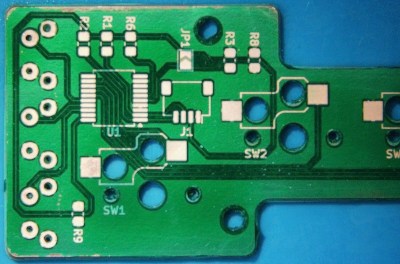Should you travel around Europe, you may notice that things in France are ever so slightly different. Not necessarily better or worse, simply that the French prefer to plough their own furrow rather than importing cultural tends from their neighbors.
In the 1980s this was evident in their home computers, because as well as a Minitel terminal in your house, you could have an all-French machine plugged into your TV. [Retro Krazy] has just such a machine — it’s a Matra Hachette Alice 32, and its red plastic case hides hardware any of us would have been proud to own back in the day.
At first sight it appears superficially similar to a Sinclair Spectrum, with its BASIC keywords next to the keys. But under that slightly calculator style AZERTY keyboard is an entirely different architecture, a Motorola 6803. The first Alice computer was a clone of a Radio Shack model, and while this one has no compatibility with its predecessor it retains some silicon choices. On the back are a series of DIN sockets, one for a SCART adapter, and more for serial connectivity and a cassette deck. The overall impression is of a well-engineered machine, even if that red color is a little garish.
The Alice hasn’t appeared here on its own before, but we have taken a look at French retrocomputers here in the past.



















